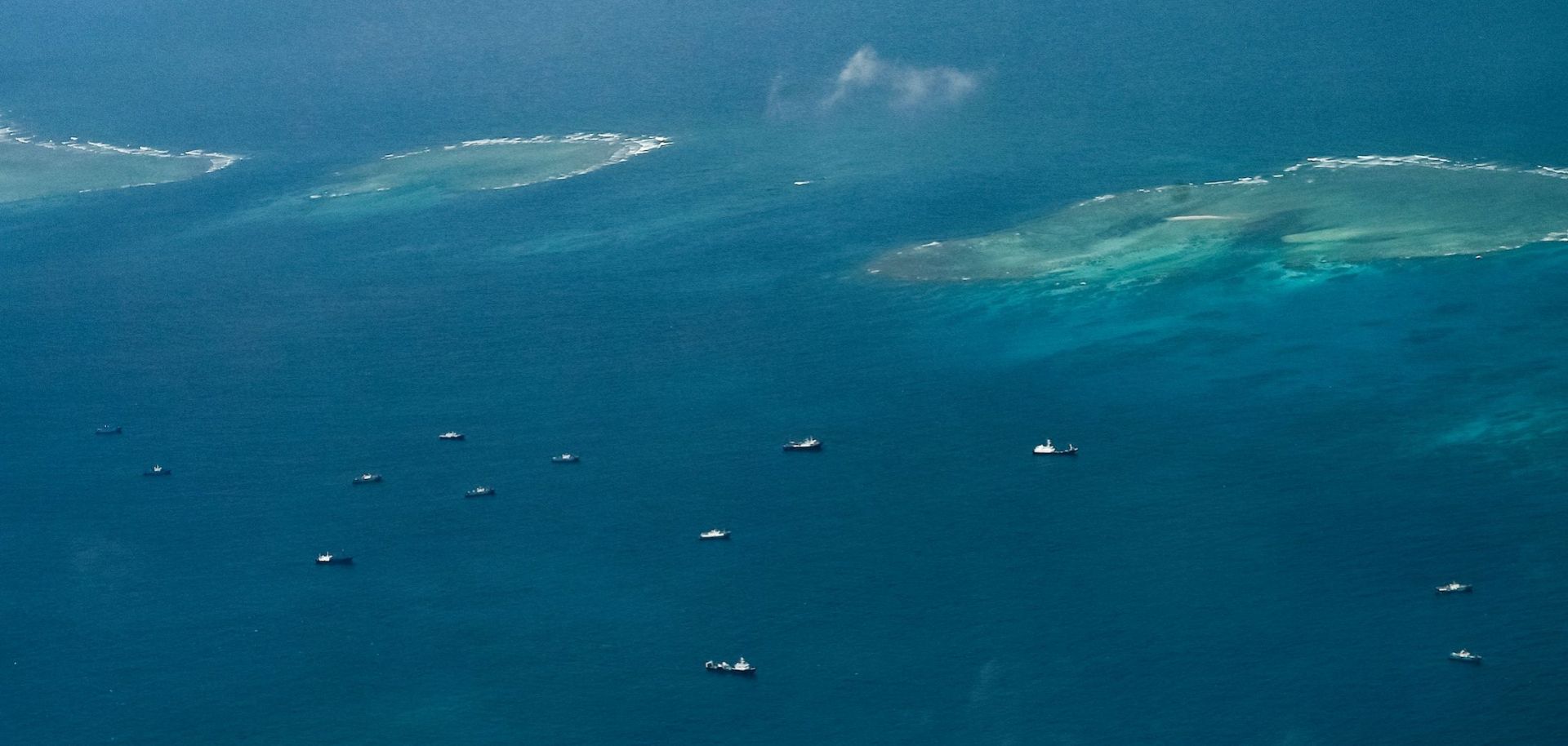The South China Sea is one of the most disputed areas on the globe, with overlapping claims to the maritime region from China, the Philippines, Vietnam, Malaysia, Brunei and Taiwan. The region is host to energy and fishery resources, which are hotly sought after and disputed, further driving claimant states' interests and actions. Consequently, absent the still unrealized code of conduct governing norms and behavior amid the intractable multiparty dispute, confrontational incidents between various claimant states are relatively common. Mapping these incidents enables observers to gain clarity on the strategic implications of the ongoing dispute, as well as perspective into various national priorities, which offer insight into future trends.
Since February, international media and governments have publicized several incidents in the South China Sea. This recent batch of incidents most clearly highlights the growing rift and potential for escalation between China and the Philippines, as well as the latter's more assertive posture with respect to its maritime claims under President Ferdinand Marcos Jr. For example, the Philippines has begun to publicly protest Chinese encroachment in ways previously uncharacteristic of the country, loudly broadcasting its grievances to the international community. This shift reflects Manila's growing confidence amid the increasing security presence of the United States in the maritime region, which has largely been driven by the reinvigorated alliance between the two. China will be watching U.S. forces in the South China Sea closely, as evidenced by the near-encounter of the two countries' air assets on Feb. 24. Moreover, recent negotiations on March 10 between China and the Association of Southeast Asian Nations (ASEAN) once again failed to produce a code of conduct. As a result, increasing militarization over sea resources is likely to continue, meaning more incursions and harassment — even potentially among ASEAN states, as evidenced by the incident between Vietnam and the Philippines on Feb. 9 — will likely occur.




